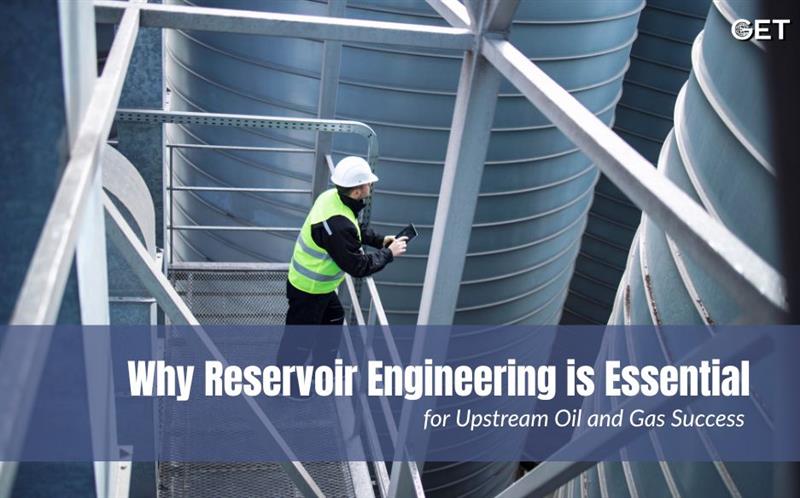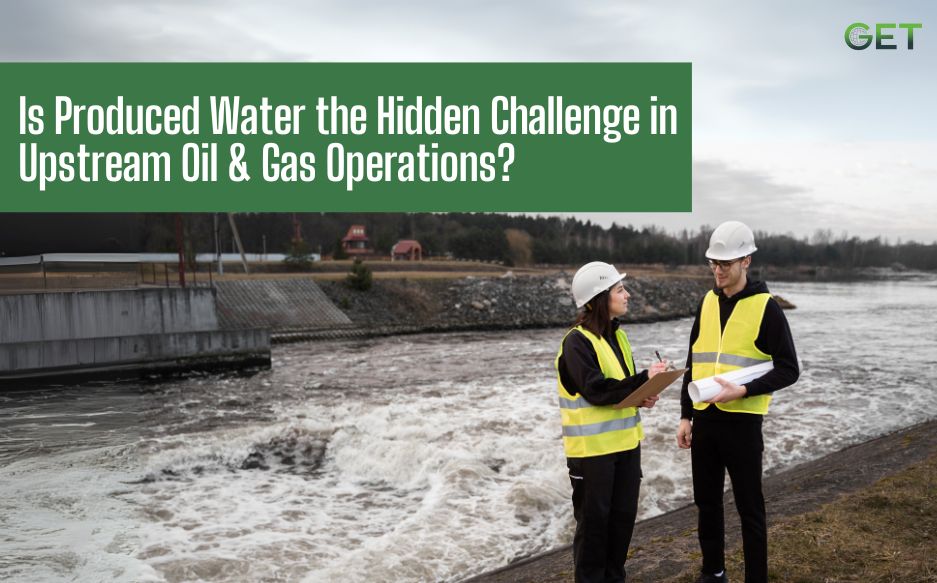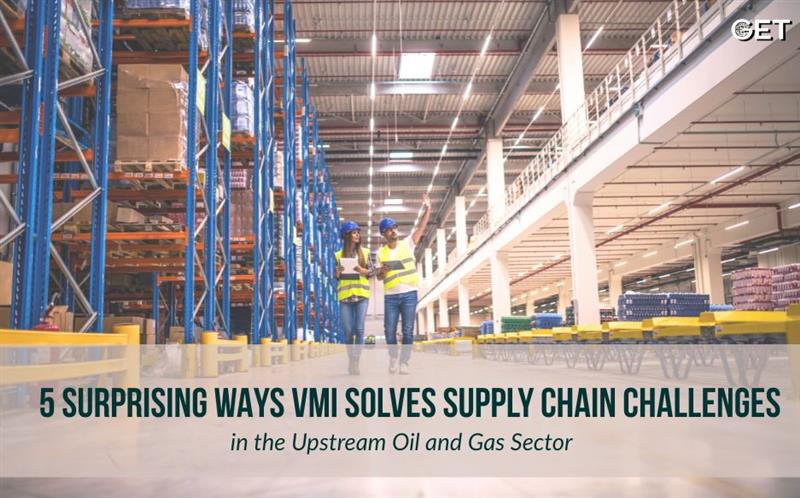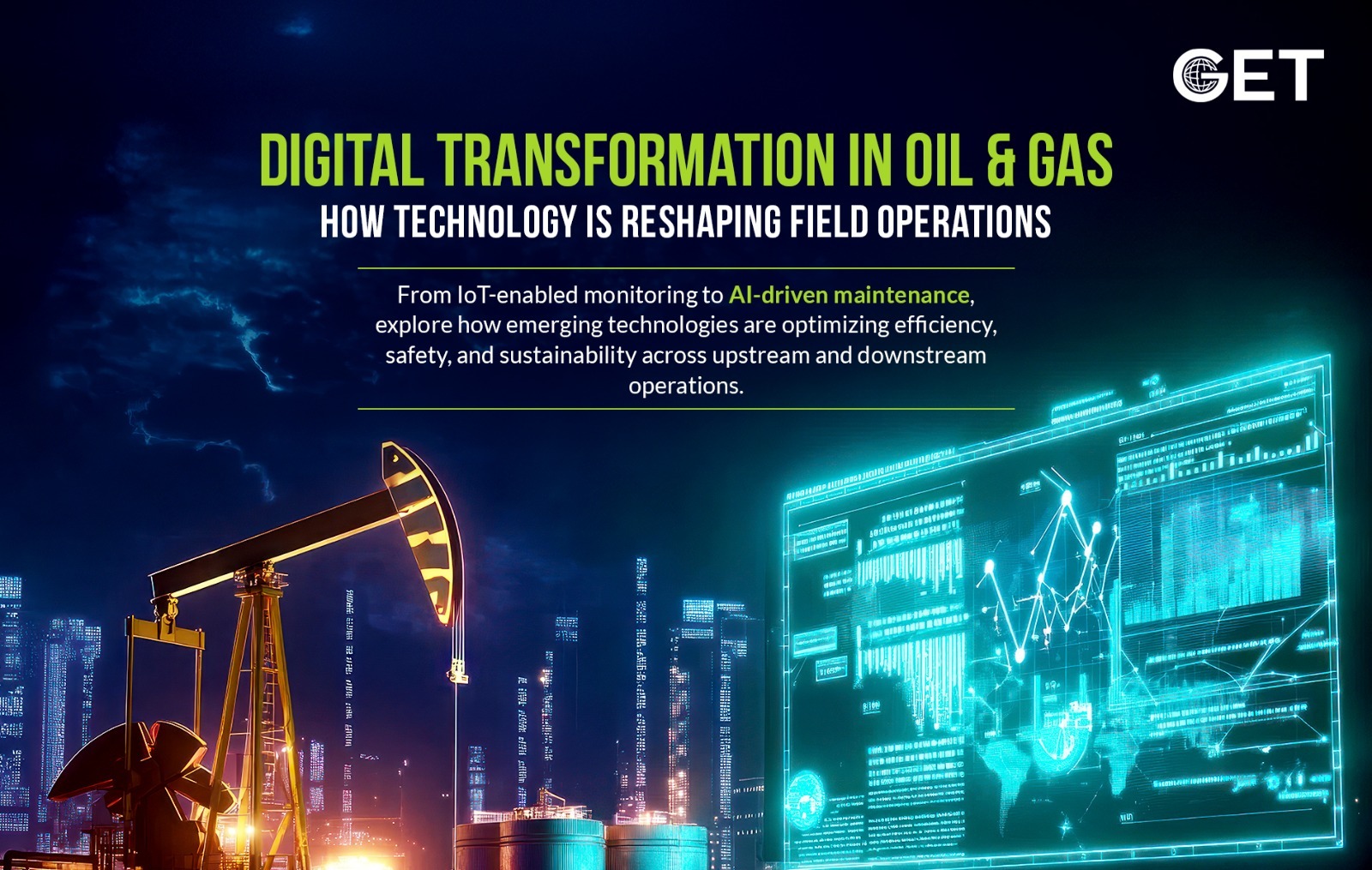
“Prevention is better than cure”
Given all the dangers involved in the upstream oil and gas industry, one cannot disregard the importance of Health, Safety, and Environmental (HSE) practices.
Upstream Oil and gas companies can cultivate good HSE practices to consciously prepare themselves and develop strategies to tackle each crisis effectively by creating good contingency plans for emergency evacuations, mitigating risks, and ensuring safety to human life and property.
HSE practices are deployed in order to protect everyone, from the workforce, communities, as well as the environment from the hazardous risks associated with oil and gas operations.
When companies neglect HSE practices, they put the lives of workers, communities and the environment at serious risk. Working in environments with extreme temperatures, working with dangerous chemicals, in remote locations and under high pressure can be very challenging.
Ignoring safety guidelines could lead to workplace injuries, health issues or fatalities, and ultimately may even lead to the organisation falling apart due to the impact caused to finances, reputation, or terrible accidents where the damage caused could be detrimental to the organisation.
Companies in the oil and gas sector continuously explore new technologies to improve their HSE practices. Advanced tools like drones and robotics minimize workers’ exposure to dangerous situations. Automating certain tasks can also reduce the possibility of human error during high-risk operations.
Modern technology enables better predictive analysis, real-time data tracking, and equipment that identifies potential dangers before they become incidents.
The rise of artificial intelligence (AI) has been a monumental milestone in predictive maintenance, and has led to preventive measures against hazardous risks . Additionally, using spatial analysis and advanced mapping assists in evaluating geographic areas in real–time to manage hazards and operations effectively.
Access to technologies like predictive analytics and real-time data monitoring can help foresee potential problems. A strong emergency response plan is key to reducing damage when incidents occur.
Planning with spatial data and GIS geographic information systems) technology can help minimize unexpected risks, while safety training and regular drills ensure everyone knows how to respond effectively. Reviewing past incidents, creating contingency plans, and re-strategizing also help towards achieving the same goal.
2. Risk Assessment–
Identifying risks specific to the operation’s location is crucial. Providing personal protective equipment (PPE), maintaining updated tools and equipment, and conducting safety drills can help spot and eliminate dangers before they worsen and even reduce their impact.
To ensure compliance with industry standards, companies should conduct regular internal and external audits to keep a check and see if the company is following the standard HSE practices Tracking key performance indicators (KPIs) helps identify areas for improvement.
4. Promote HSE practices-
Organisations that prioritize safety show they value their workforce. Training and educating employees about HSE practices and associated risks fosters a culture of safety, guided by leaders who set strong examples.
5. Environmental Management–
Companies must evaluate the environmental impacts of their operations, control emissions, manage waste effectively, and work to restore natural habitats to lessen environmental damage.
6. Performance Reviews–
Regular reviews of safety and control measures allow companies to refine their HSE practices. Maintaining detailed reports, tracking and studying data, and analyzing past accidents helps prevent future incidents.
7. Good Communication-
Daily team meetings can go a long way and encourage everyone on the team to stay informed, on the same page, following strict protocol, follow safety protocols, and remain alert to potential risks. It‘s important to promote the value of HSE practices and cultivate a mindset that enables them to prioritize safety no matter what, and be alert and proactive.
8. Community and Stakeholders Relations-
Clear communication with local/ regional communities and stakeholders about operations and their impacts on the people and environment is important. Keeping them informed and supporting them through Corporate Social Responsibility (CSR) initiatives in education, health, and environmental preservation builds trust and demonstrates the company’s commitment to safety and responsibility.
People from the communities must also be given a platform to address and share their concerns, or make suggestions towards overall improvement.
9. Employee Wellness Programs-
Health is a very important aspect of good HSE practices. Companies should regularly hold check ups and monitor exposure to harmful substances. They must also provide stress management, fatigue and ergonomic support to enhance wellbeing and productivity, and reduce the physical strain on them.
Effectively implementing all these practices is central to the essence of HSE. Good HSE practices promote sustainability, responsibility, and strong performance. In the upstream oil and gas industry, integrating a solid work ethic with the right HSE practices ensures the well-being of workers, communities, and the environment.
By committing to HSE excellence, companies not only minimize risks but also build a reputation of trust among employees, stakeholders, and the broader community.
Read Also- Digital Transformation in the Downstream Oil and Gas Industry in the UAE

By Get global | July 3, 2025

By Get global | July 1, 2025

By Get global | June 27, 2025

By Get global | June 25, 2025

By Get global | June 23, 2025
The oil and gas industry has been notorious for its poor relationship with legacy systems and manual processes; this is all set to change. Digital transformation is no longer the buzzword, it is the force that compels efficiency, safety, and sustainability operations. In the case of field operations: specifically, this […]